This brilliant & unique way of showcasing moss terrariums and moss art was introduced by Raymond Yeow, Ming Hui, and Evonne in 2015. Raymond & Ming Hui majored in Biology and worked as scientists, while Evonne majored in Accounting. Terraliving a breathing combination of art and science their highly customizable terrariums exhibit moss and ecosystems through a passionate combination of Bio-architecture, terrariums, and biomorphic-inspired design, all from a lab-based in a tranquil village within Melaka, a historical city recognized by UNESCO, Malaysia.
The highly irregular glass facets invoke a sense of distorted space, dimensions & reality. It leads its viewer into surreal moss-scapes via the seamless-hinge glass door and multiple connected geometrical vertices. These segmented glass cuttings with high precision are brought together through an intricate process and the fog generated by a mist-making machine, also known as an atomizer.
Intricately detailed glass panels with an arrangement of scenic with preserved woods to fit within the tight space while maintaining the aesthetic beauty, impression and visual appeal of micro landscapes. In these compact yet large terrariums, the space allows more intricate woodwork to blend into a large variety of moss specimens, both on the vertical wall and ground area i.e. horizontal, delivering an immersive sense of nature to its viewer.
They also have projects curating and storing moss specimens in multiple mediums, such as liquid suspension and preserving pressed herbarium samples. For the lab to release superior grades and well-preserved moss, an in-depth understanding of their live counterparts, such as the different growth stages and colour shades, is an essential daily practice at TerraLiving.
They collect and curate various live moss at different life stages. With all their natural beauty, Moss sculptures are encapsulated in perfectly crafted pristine glass housings. The core process includes glass vessel crafting, moss cultivation, moss preservation, moss transplantation, stress test, packaging in-house, and prototyping to design finalization.
Terraliving a breathing combination of art and science are ideal not just because they’re simple to care for, but also since they don’t require a lot of water or light. Furthermore, because terrarium plants generate oxygen into the air, terrariums provide several health benefits. Moss gardens have the capacity to enhance interior air quality through a process known as bio filtration. Air pollutants will be collected by the moss and transformed to water and carbon dioxide. After that, they are expelled as clean and pure air. Moss requires less sunlight and should be maintained wet by spraying with water on a regular basis.
The TerraLiving Gallery spans 8,700 sq. ft. to house everything from residential space, garden, fish ponds, live moss cultivation centre, ZERO Lab, display gallery, and design lab.
A gallery with a highly customized design inspired by architecture and nature from that environment in every prominent city, creating a lasting memory about contemporary art, culture, and civilization is Rayomd Yeow’s plan for the future of TerraLiving.

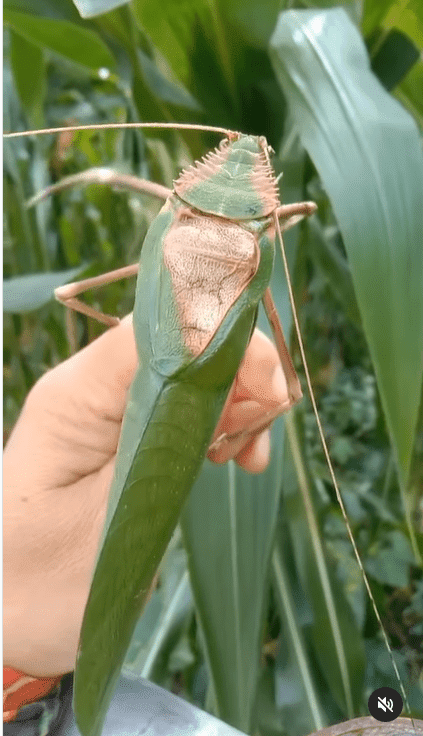
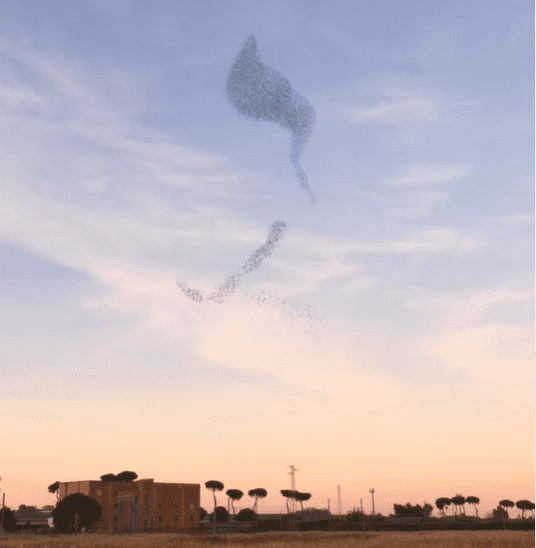
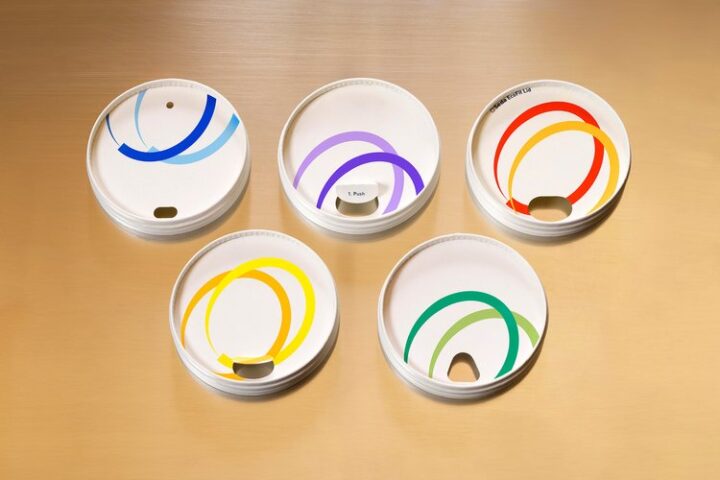
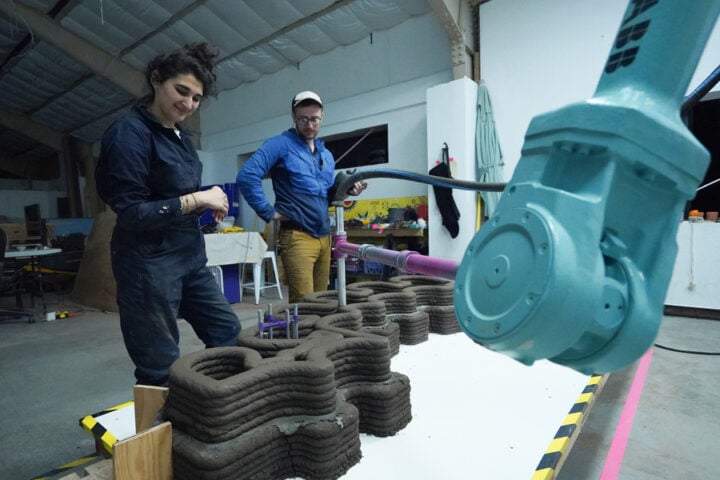
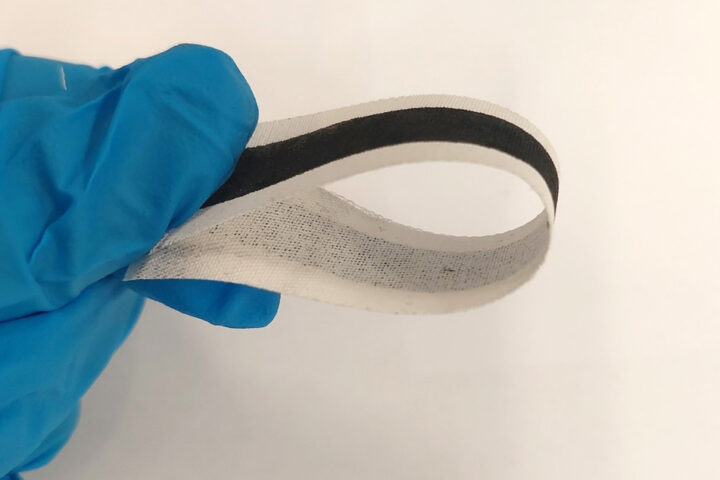
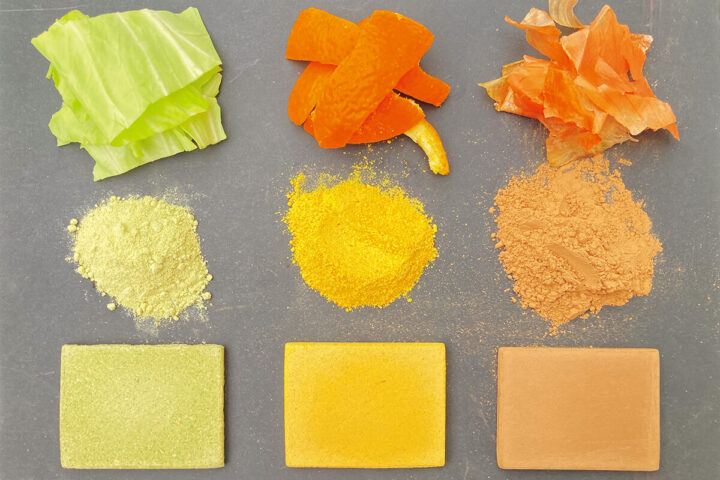
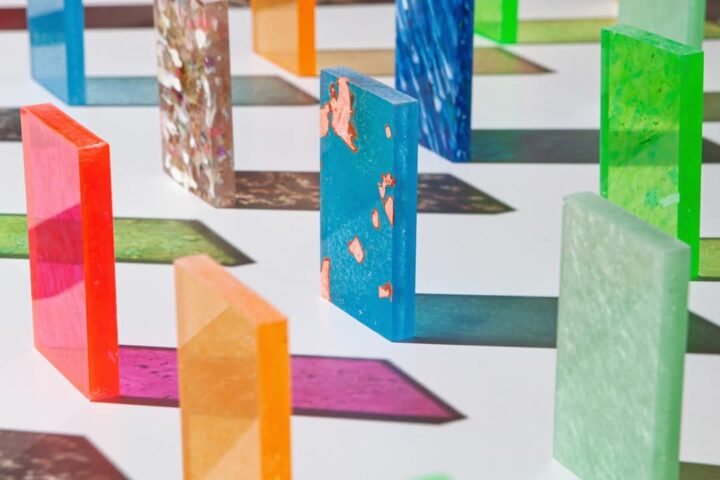
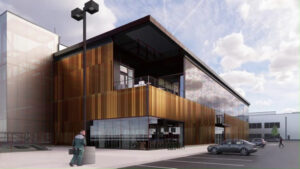
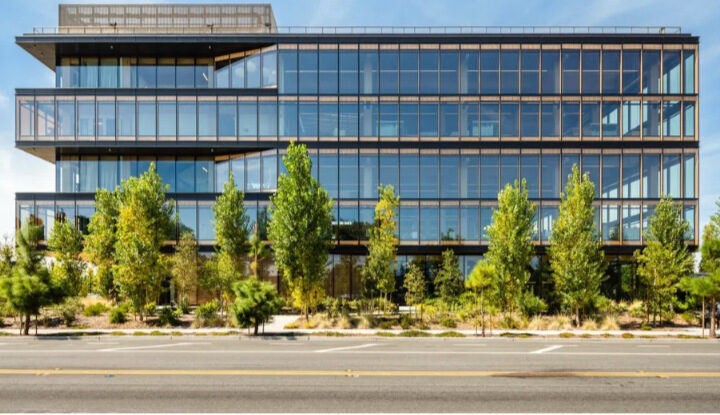
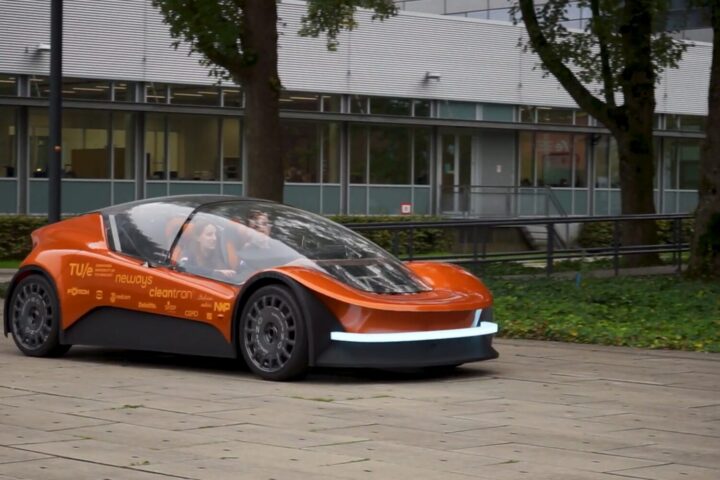
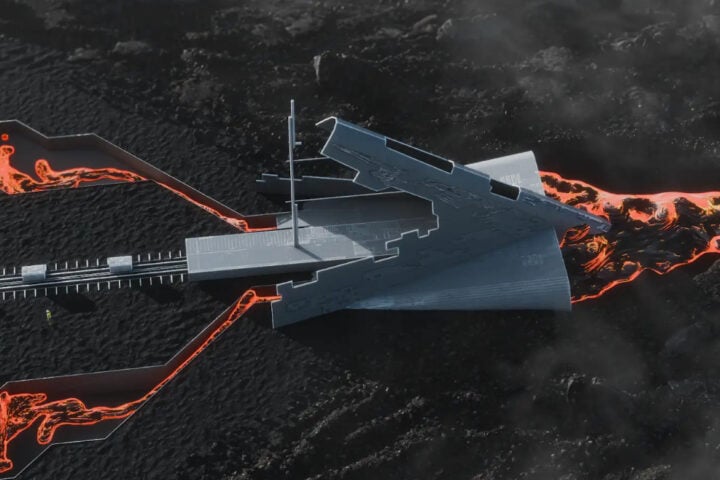
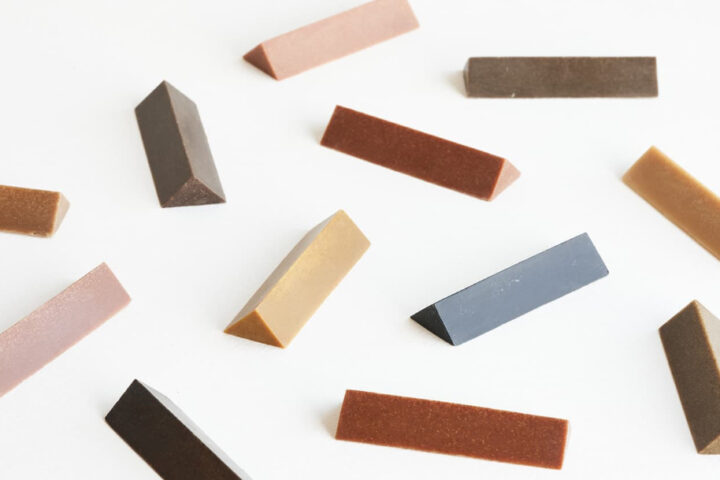
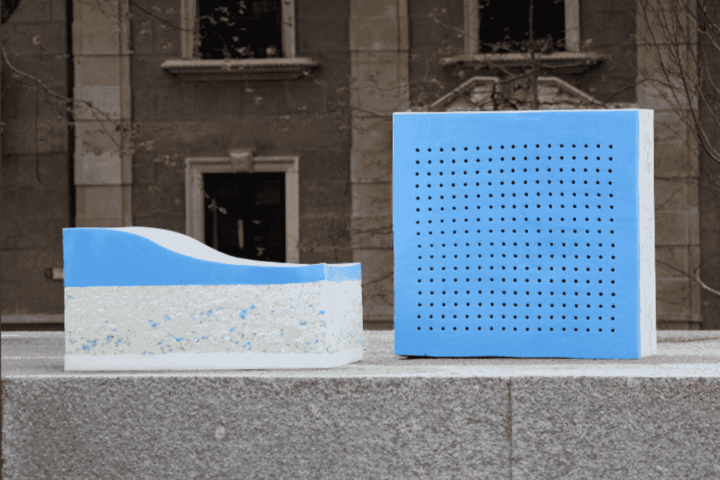
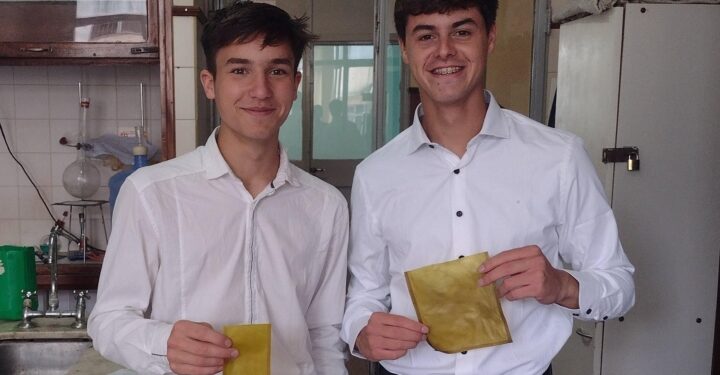
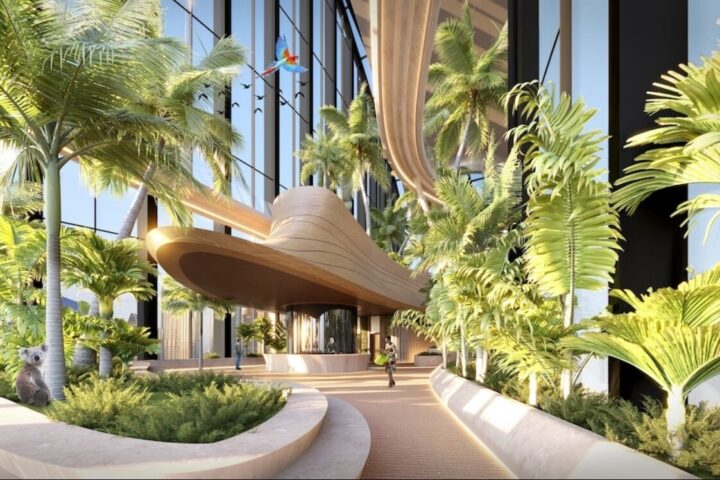

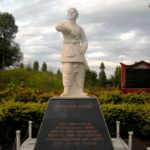
Was very informative.
This is so interesting.